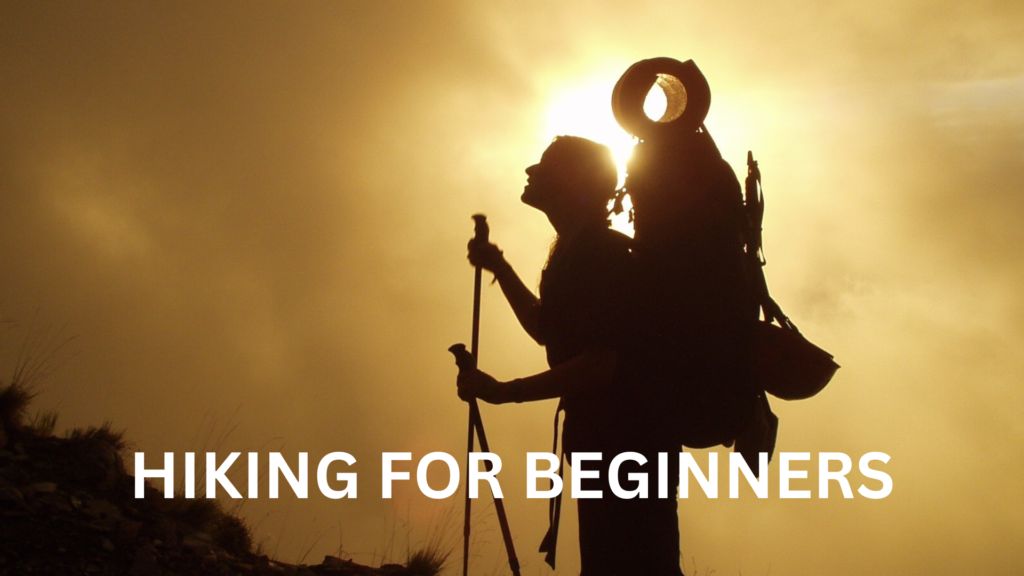Hiking can be one of the most rewarding activities you can do with your free time, but if you’re new to it, the experience can be stressful and downright terrifying. Hiking involves many unknowns, such as how to start hiking and what to bring on your hike, which can scare people away from even trying this exhilarating activity. With these six tips, you’ll learn how to plan your first hike successfully so that you don’t miss out on all the fun!
Contents
6 Tips for Successfully Planning Your First Hike
Start with small hikes
Hiking is a physically demanding activity. It involves difficult terrain, often at a high altitude, and can lead to weather-related challenges like sunburn, snow blindness, hypothermia, or even altitude sickness. Because of these dangers and others, it’s important to start small in the beginning when hiking. Instead of going on your first hike in the most popular hiking trails, consider taking one smaller trail that is closer to your home. While they may not offer up as stunning a view as their famous counterparts you’ll be much more likely to reach your destination without breaking a sweat or injuring yourself in some way.
Do some exercise before hiking
It’s smart to start hiking with some walking or running first. This helps you get your legs, heart, and lungs ready to hike. Hiking up a mountain is more difficult than going on flat ground, so you’ll want to practice a little beforehand to give yourself a better chance of success. Find a safe trail: If you don’t already know where you want to go hiking, start by looking at sites like Google Maps.
Figure out the distance you can cover
Research what your limits are when it comes to hiking. You’ll want to know how far you’re willing to hike and how long you can stay out there. As a general rule, most hiking trails are anywhere from one to three miles long, with some in extreme cases extending up to 10 miles or more (and requiring a whole lot of endurance!). When planning your first hike, keep in mind that three miles are about as far as you should go if you’re going out alone.
Arrive early at the trailhead
If you’re hiking to a trailhead that’s a significant distance from your car, it’s always a good idea to arrive early. It may seem like an extra 20 minutes could make no difference in what you set out to do, but if unexpected delays arise, being ahead of schedule can help your hike go off without a hitch. Early arrival also affords you time to check for any updates on trail conditions. The last thing you want is to head into the wilderness only to find that many sections of your intended path have become impassable due to recent storm damage or flooding.
Take sufficient water supply with you
If you’re thirsty on a hike, it’s too late. You must take enough water with you to prevent dehydration. Dehydration can occur at even moderate levels of activity if a person isn’t drinking enough water before, during, and after exercise. Those who experience dehydration can feel tired, dizzy, or confused; they may suffer from muscle cramps, headaches, or nausea; and/or their heart rate and blood pressure may increase slightly, resulting in faster breathing rates as well as an increased risk of heat-related illness. If you don’t carry sufficient water when hiking in hot weather conditions, start getting used to carrying that extra weight now so that you won’t panic later. Of course, don’t forget snacks too!
Pack extra clothes in case it rains
If it rains, you’ll want to make sure you have dry clothes in your backpack. Pack a rain jacket, warm hat, and gloves as well as an extra pair of socks and pants. The clothes will add extra weight to your pack, but they’ll be worth it if they keep you dry and comfortable. Do not forget to bring layers! You can always shed them along the way if it gets too hot or put them back on later if it gets too cold. Just remember, in winter months you may need a thicker Jacket!
Conclusion
You can’t hike if you don’t have a plan. The most important thing to know about planning your first hike is that it doesn’t have to be complicated. Whether you go on a short day trip or set out on an expedition that takes several days, you can use these six tips to get you started. Enjoy your hike!
This article should have given you everything you need to know about planning your first hike. If you still have any questions or are looking for help with your upcoming trip or hike, please don’t hesitate to contact us on the Hikepackers forum.




Pingback: How to Plan for a Hike | Hikepackers.com | Hike...
Pingback: What is Hiking? – Magic Glimpse